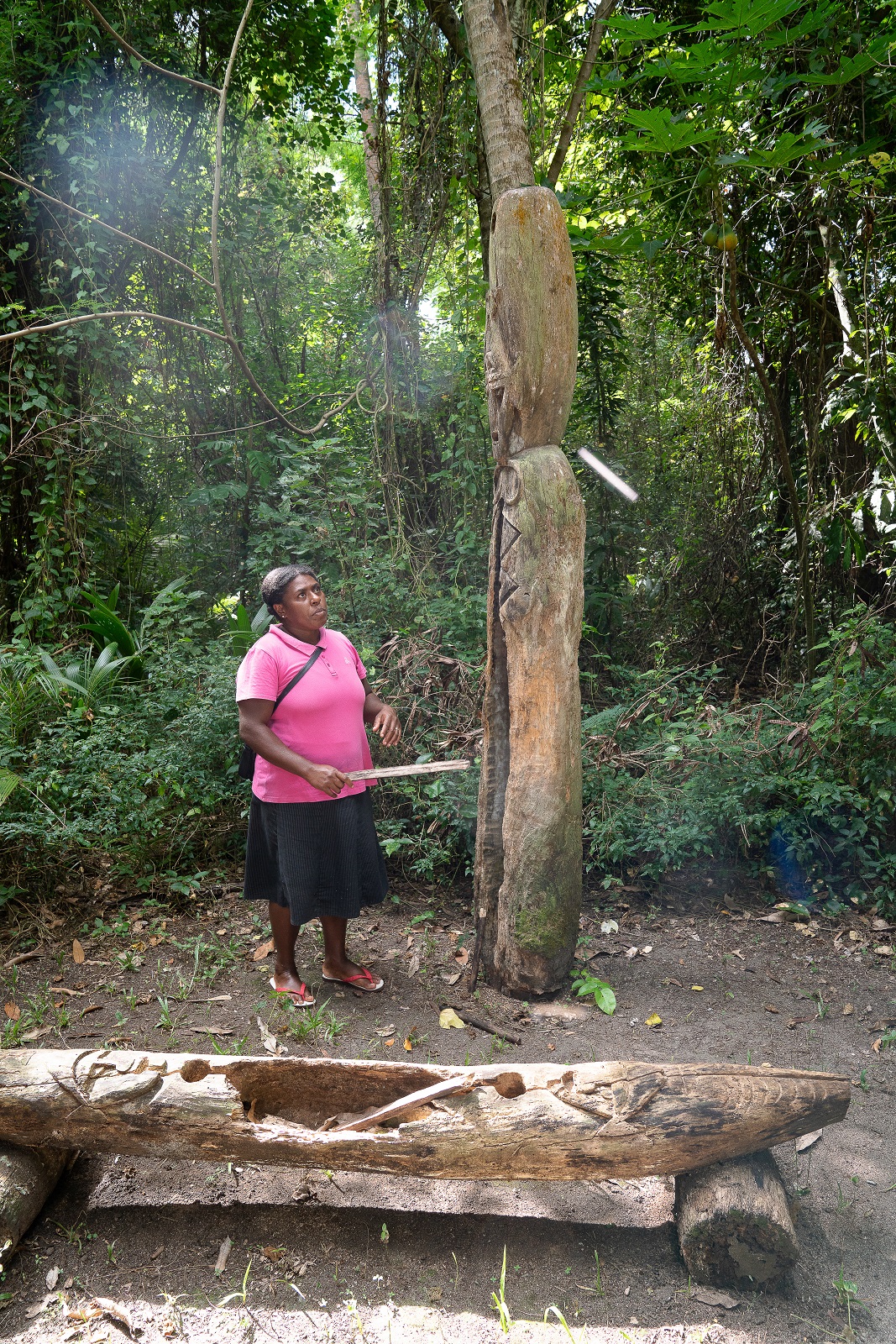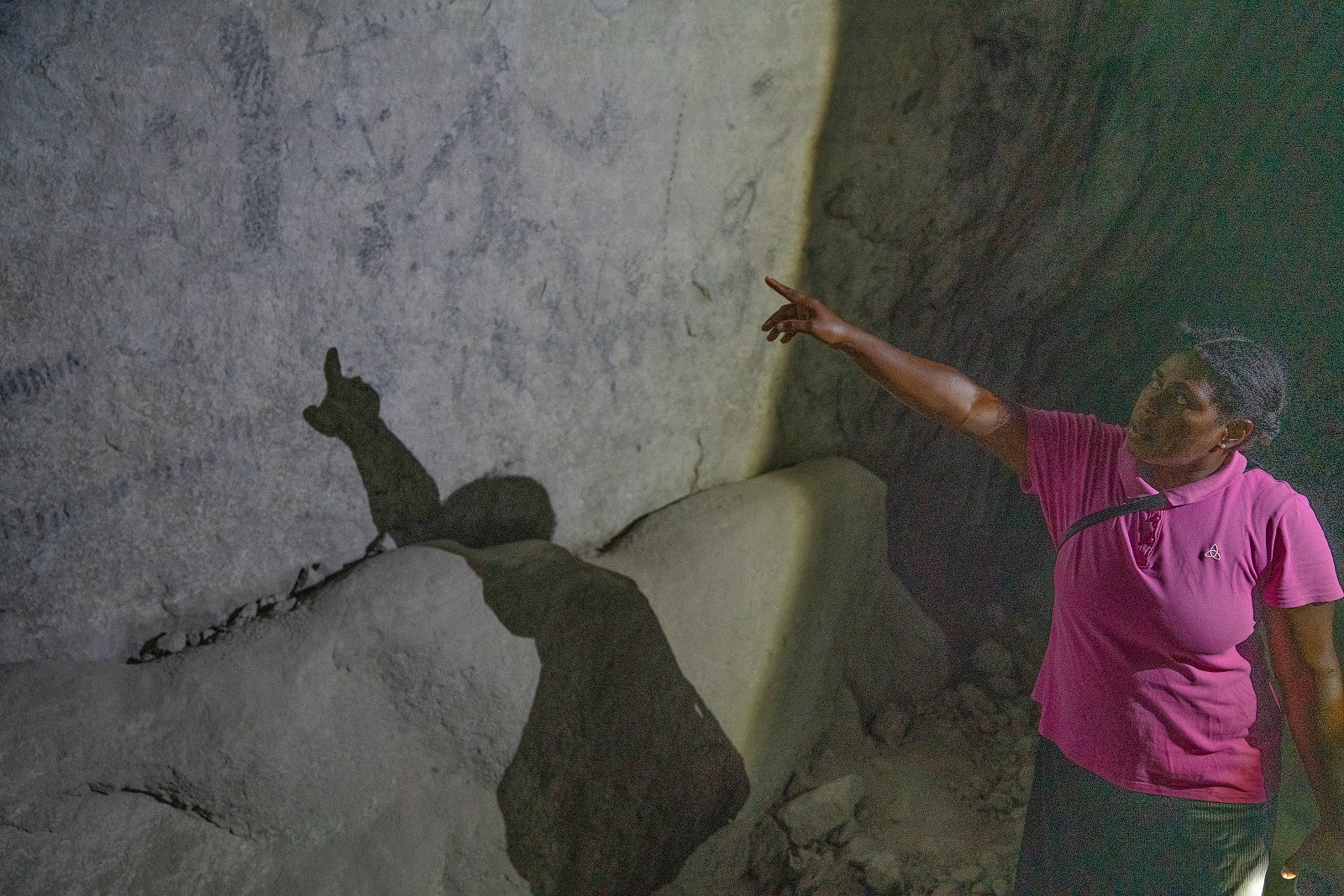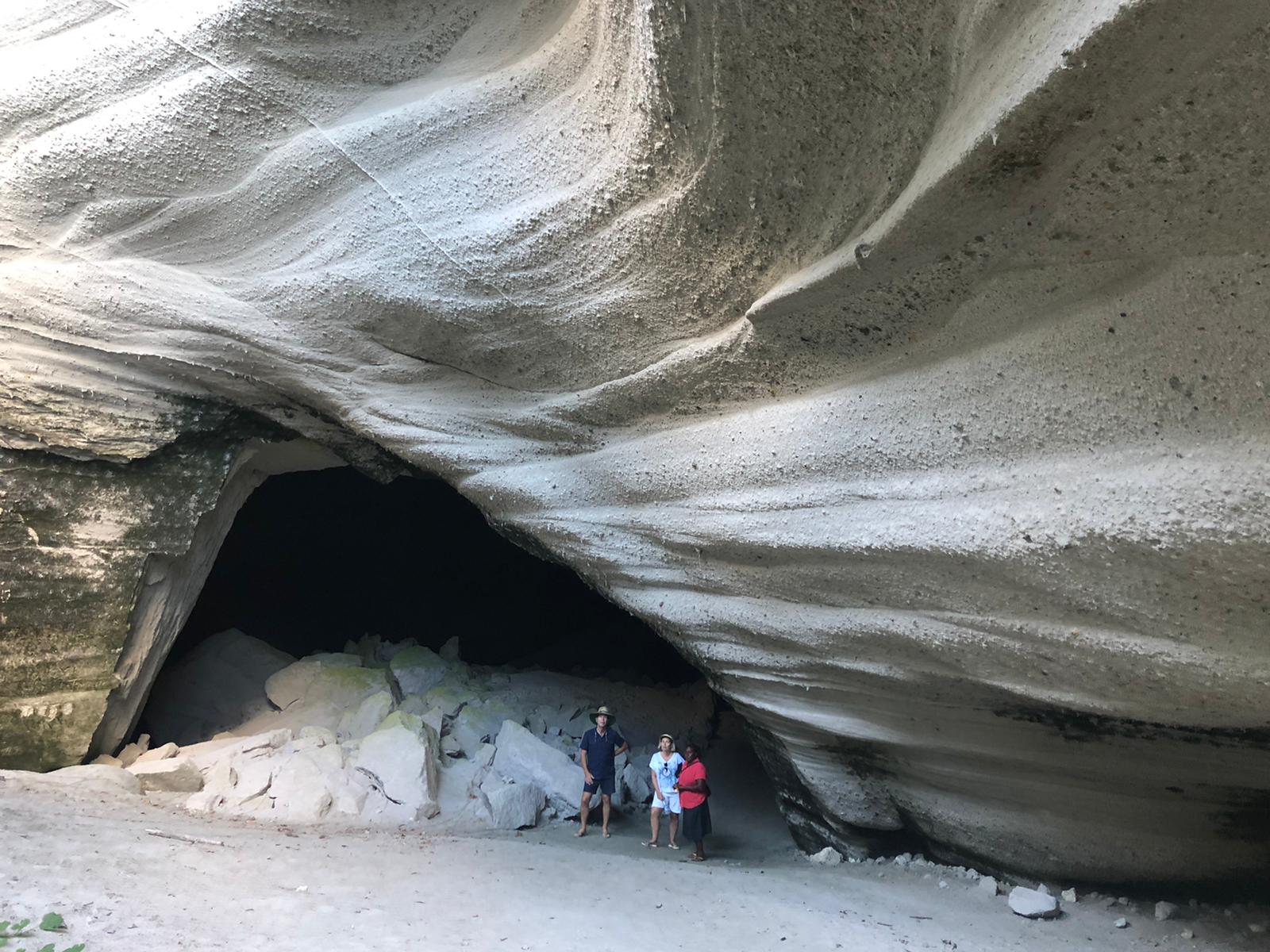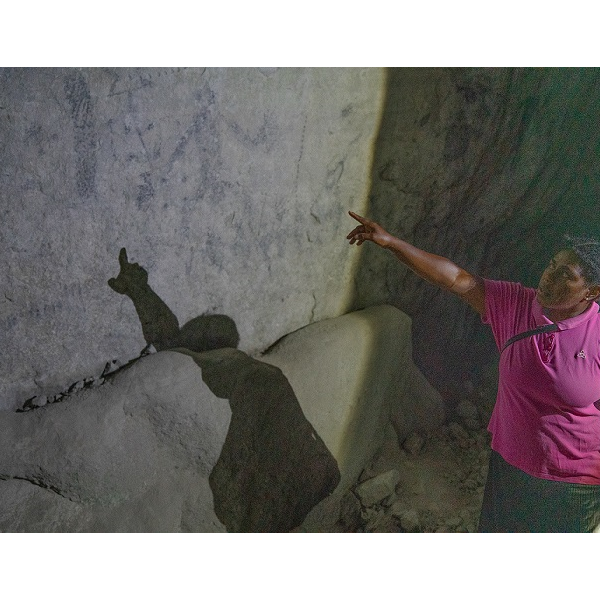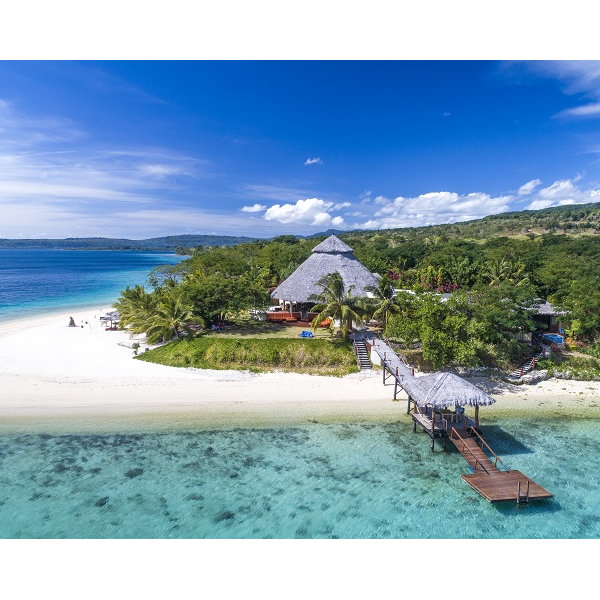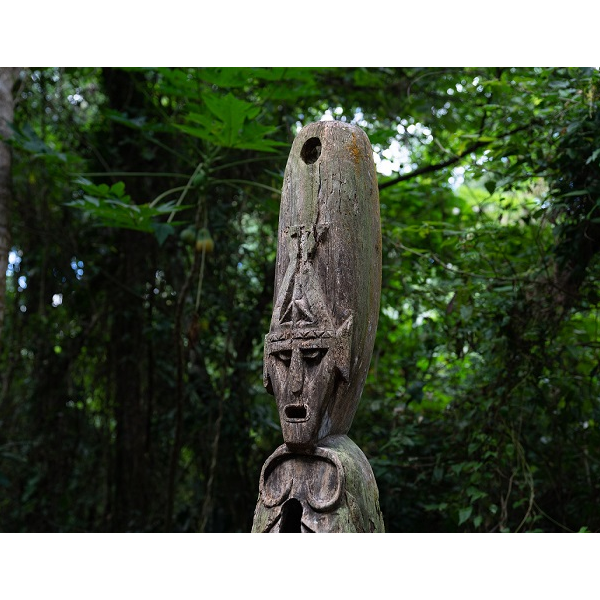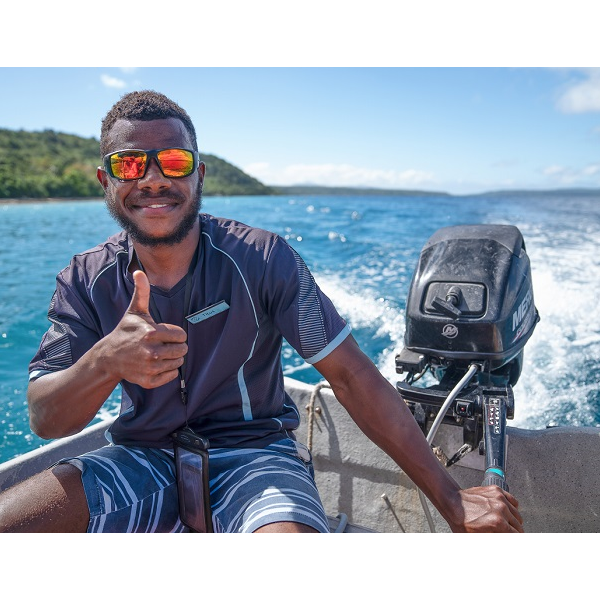HISTORY OF VANUATU
The first settlers to arrive in Vanuatu are believed to have arrived by canoe approximately 3,500 years ago from New Guinea and the Solomon Islands.
In 1606, the Portuguese explorer, Pedro Fernández de Quirós, discovered the island of Espiritu Santo, which he thought was a great southern continent. Europeans did not return until 1768, when Louis Antoine de Bougainville rediscovered the islands. In 1774, Captain Cook named the islands the New Hebrides, a name that lasted until independence.
During the 1860s, planters in Australia, Fiji, New Caledonia, and Samoa, in need of labourers, began a slave trade called “blackbirding”. At the height of the blackbirding, more than one-half of the adult male population were kidnapped and sent to work overseas.
During the time of blackbirding, foreign settlers and missionaries started arriving. Initially, most of the settlers were British subjects from Australia, but by the turn of the century, the French outnumbered the British two to one. Attempts to halt the decimation of the native population met success in 1887 when the islands were placed under an Anglo-French naval commission, governed in the current capital Port Vila, which at the time was known as Franceville.
In 1906, France and the United Kingdom agreed to administer the islands jointly. They replaced the naval commission with the British-French Condominium. It was a unique form of government, with separate governmental systems in the same country that came together only in a joint court. Many called the condominium the “Pandemonium” because of the duplication of laws, police forces, prisons, currencies, education and health systems. Overseas visitors could choose between British law, that was considered stricter but with more humane prisons, or French law and French prisons, which were somewhat uncomfortable but with better food!
Diseases brought by missionaries, sandalwood traders, and settlers were one of the main reasons the native population was reduced from approximately 1 million in 1800 to 45,000 in 1935. During World War II the islands served as bases for Allied forces in the Pacific theatre. Today tourists can still buy original Coca Cola bottles divers have retrieved that were thrown overboard from American battleships and aircraft carriers sheltered in the harbour.
On 30 July 1980, amidst the brief Coconut War, the Republic of Vanuatu was created. Since independence, only kastom owners and the government can own land; foreigners and other islanders who are not kastom owners can lease land only for the productive life of a coconut palm – 75 years. The two major settlements remain Port Vila on the island of Efate, and Luganville on the island of Espiritu Santo.
